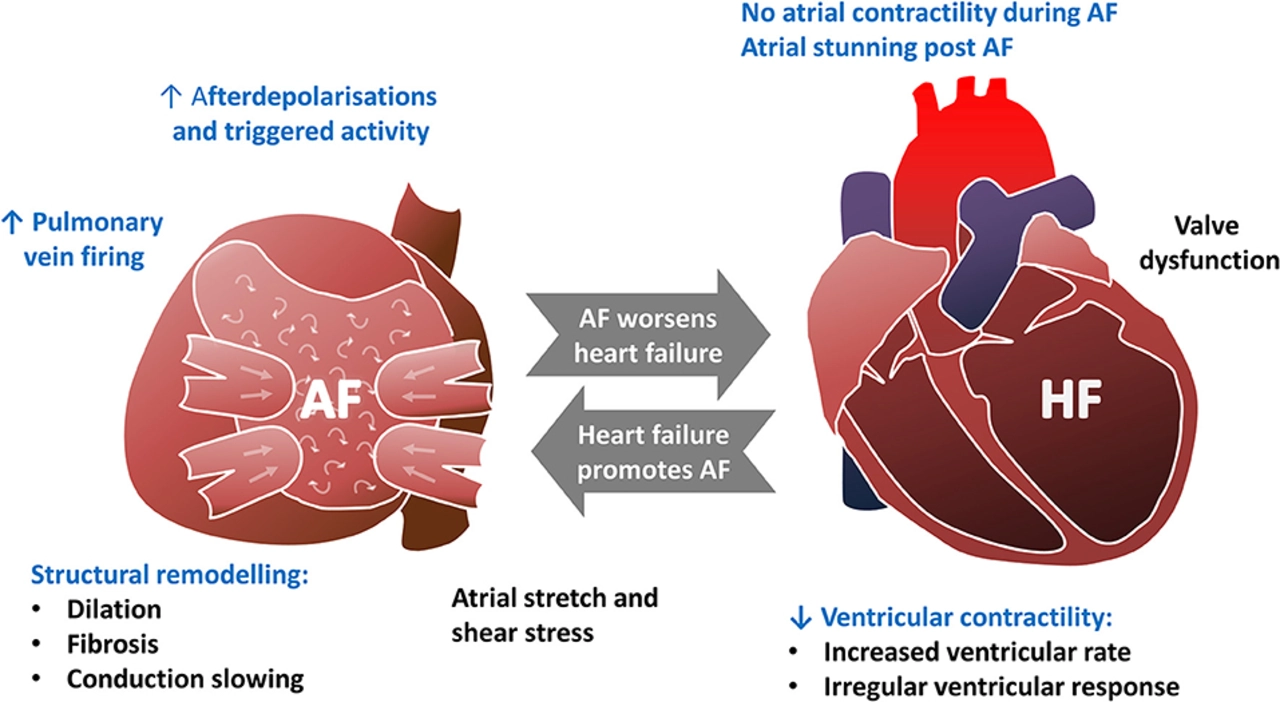Carvedilol: what it does and when people take it
Carvedilol is a beta-blocker you’ll often see prescribed for high blood pressure and heart failure. It slows the heart rate, lowers blood pressure, and eases the heart’s workload. People use carvedilol to reduce symptoms like shortness of breath and to lower the risk of hospital visits for heart failure. You’ll also hear it mentioned after a heart attack to protect the heart.
How carvedilol works and common dosing
Carvedilol blocks adrenaline effects on the heart and widens blood vessels. For heart failure the usual start dose is low — commonly 3.125 mg twice daily — and clinicians usually double the dose every one to two weeks as tolerated. The typical target is around 25 mg twice daily for many adults; larger patients may go up to 50 mg twice daily under medical supervision. For high blood pressure doses are often higher to start (for example 12.5 mg twice daily) but your doctor will pick the right plan for you. There’s also an extended‑release form taken once daily, so follow the exact product and schedule you were given.
Side effects, monitoring and safety tips
Expect side effects like tiredness, dizziness, slow heart rate, or low blood pressure when you first start carvedilol. Less common issues include weight gain, fluid retention, cold hands or feet, and sexual side effects. If you have asthma or severe COPD, carvedilol can cause breathing problems — mention lung disease to your prescriber. If you have diabetes, carvedilol can hide some low‑blood‑sugar warning signs (like a fast pulse), so check sugars more often when starting or changing dose.
Before you take carvedilol tell your doctor about other meds: other blood pressure drugs, certain antidepressants, and medicines that affect liver enzymes can change carvedilol levels. Your clinician will check your blood pressure, pulse, and symptoms regularly, and may adjust the dose. Don’t stop carvedilol suddenly — it can make chest pain or blood pressure rebound. If you need to stop, your doctor will advise a gradual taper.
Practical tips: take carvedilol with food to reduce lightheadedness, measure pulse if you feel dizzy or weak, and report signs like fainting, extreme shortness of breath, or very slow heartbeat right away. Store tablets at room temperature, away from moisture and children.
If you’re thinking of buying carvedilol online, use these rules: buy only from pharmacies that require a valid prescription, show clear contact details, and display proper licensing or verification. Avoid deals that look too good to be true or sellers that won’t answer clinical questions. When in doubt, call your clinic or a local pharmacist — they can confirm the right dose and whether the product is genuine.
Want more on carvedilol? Check posts about dosing changes, drug interactions, and safe online pharmacy tips on our site, or ask your healthcare provider for guidance tailored to your health.
The Benefits of Carvedilol for Heart Failure Patients
As a heart failure patient, I've found that taking carvedilol has significantly improved my condition. This medication has not only helped in reducing symptoms such as shortness of breath and fatigue, but it has also protected my heart from further damage. By slowing down my heart rate and reducing blood pressure, carvedilol has allowed my heart to pump more efficiently. Additionally, this medication has been shown to increase life expectancy for people living with heart failure. Overall, carvedilol has been a game-changer for me, making my life more comfortable and giving me hope for a healthier future.
© 2025. All rights reserved.

